Meta Description: Beppu in Oita, Japan made simple: Jigoku tour steps, beppu hot spring types, travel times, and ticket costs. Official Japanese links included—plan with confidence.
Contents
1. Why visit Beppu in Oita for hot springs and the Jigoku tour?
2. How can you get to Beppu and move around easily?
3. What is the Jigoku (Hells) tour and how should you do it?
4. What hot spring types, rules, and options should you know?
5. Model itinerary for one perfect Beppu day
If you love thermal energy on full display, Beppu is the place. Steam rises from street vents, small public baths dot each neighborhood, and ryokan range from classic tatami stays to modern inns with private tubs. The famous “Jigoku” area is not for bathing—it is for seeing colorful boiling pools and geysers—while nearby public baths, sand baths, and mud baths welcome soakers. Because the city sits on Kyushu’s east coast, you can combine it with beppu oita japan food stops, Beppu Ropeway up Mt. Tsurumi, or onward trips to Yufuin. Keep an eye on simple planning numbers (time and cost), and always confirm final details on the Japanese official pages linked in each section.
1. Why visit Beppu in Oita for hot springs and the Jigoku tour?
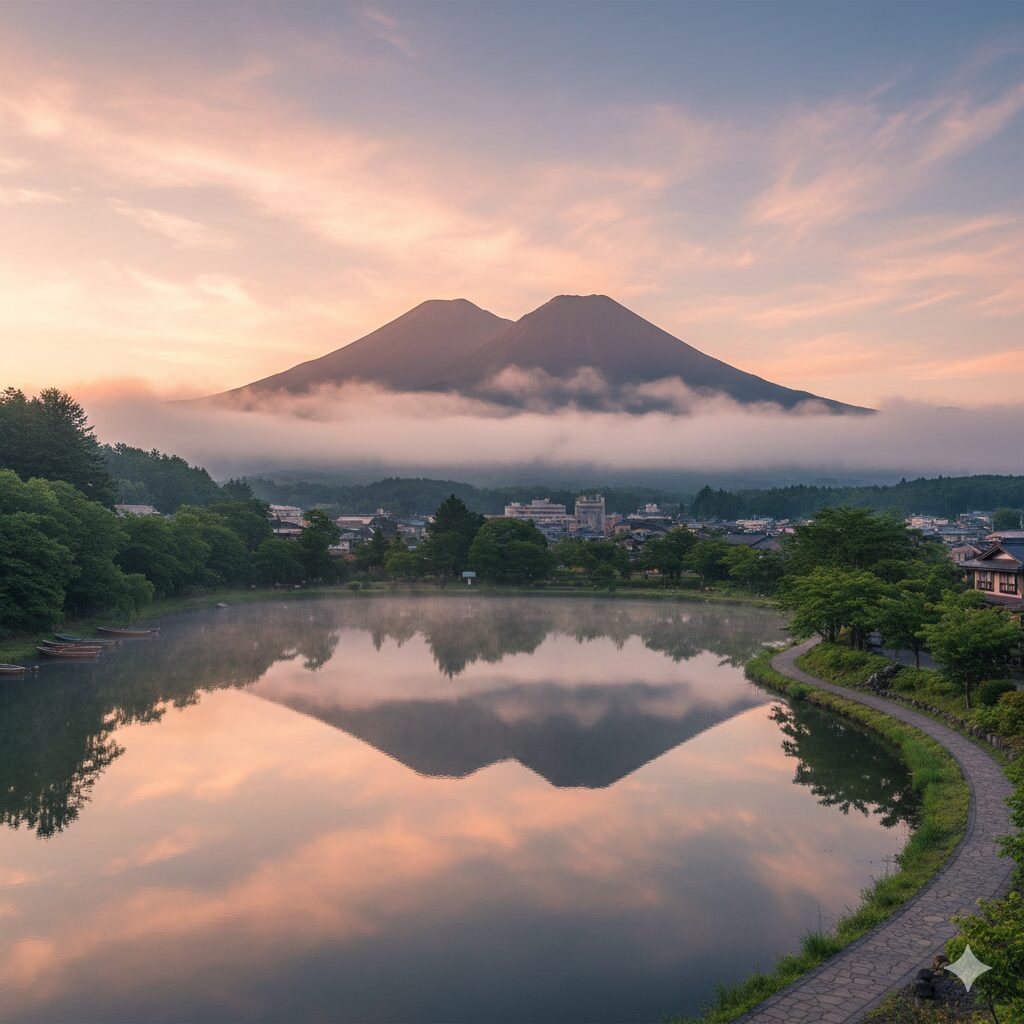
1-1 Beppu vs. other hot-spring towns
Beppu is a full city with eight major hot-spring areas (“Beppu Hatto”), so choice is the key difference. You will find simple local baths for ¥200–600 and ryokan day-use for ¥500–1,500. Area overview and bath lists: tourism portal (Official website (Japanese)) and Oita Prefecture’s site (Official website (Japanese)).
1-2 What to expect through the seasons
Winters are cool and clear—great for outdoor baths. Spring and autumn are mild, while summer is humid with brief showers. For advisories and typhoon updates, check the Japan Meteorological Agency (Official website (Japanese)).
1-3 Key numbers at a glance
Plan 2–2.5 hours from Fukuoka (Hakata) by JR limited express, ~45 minutes from Oita Airport by bus, and ~2.5–4 hours for a relaxed Jigoku circuit. Check current times and conditions on JR Kyushu and local bus operators (Official website (Japanese), Official website (Japanese), Official website (Japanese)).
2. How can you get to Beppu and move around easily?
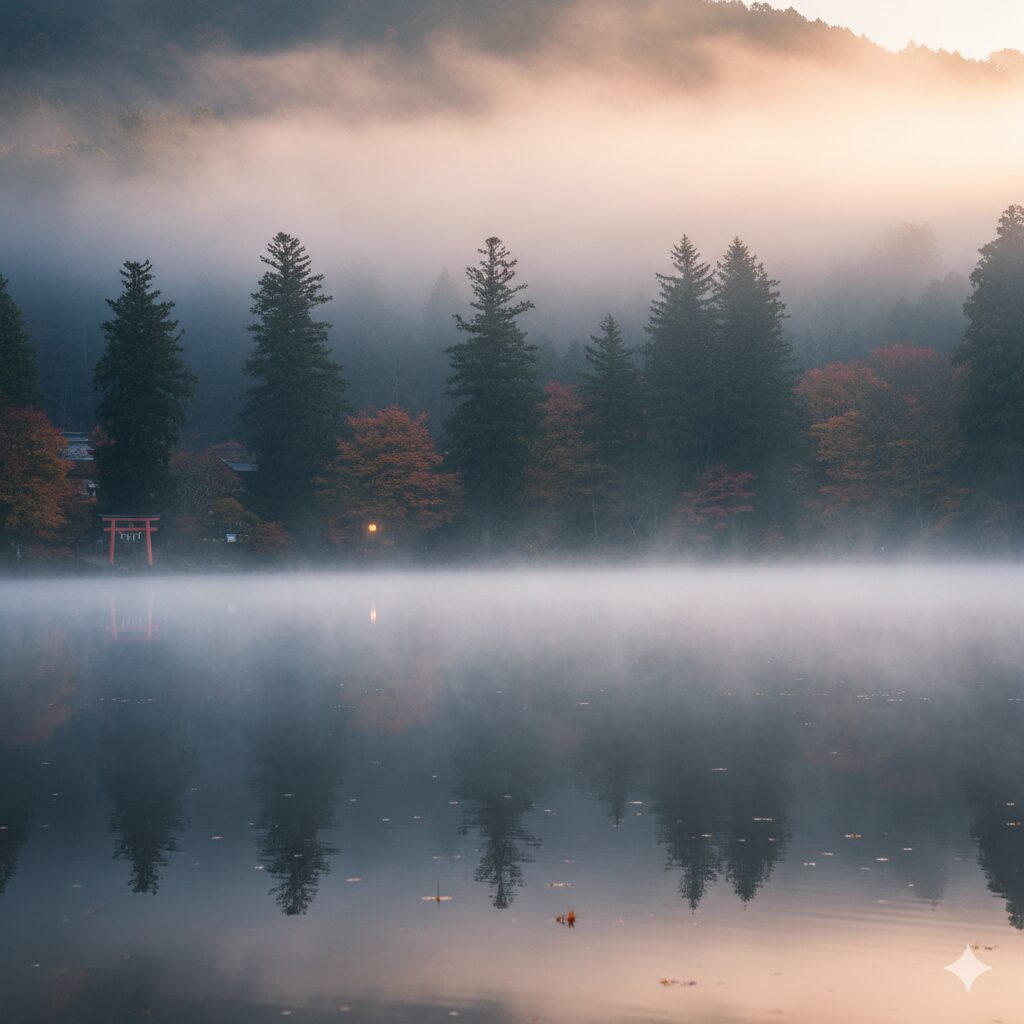
2-1 From Fukuoka (Hakata) and Kokura by JR
Limited express services link Hakata and Beppu with one-seat rides or simple transfers. Reserve seats on busy weekends. For exact departure times and fares, confirm on JR Kyushu (Official website (Japanese)).
2-2 From Oita Airport and getting to the Jigoku area
Airport buses run to Beppu Station and main hotels. From Beppu Station, the Jigoku area is reachable by frequent local buses or taxi (~20–30 minutes depending on traffic). See the airport site and Kamenoi Bus for stops and schedules (Official website (Japanese), Official website (Japanese)).
2-3 Walking, taxis, and ropeway add-ons
The Jigoku sites are grouped in two clusters (Kannawa and Shibaseki). You can walk between nearby sites in 5–15 minutes, then bus or taxi to the next cluster. For views, add Beppu Ropeway (Official website (Japanese)).
Table 1: Access & Time Summary (to/within Beppu)
| Route | Time (one way) | Official Links (JP) |
|---|---|---|
| Hakata (Fukuoka) → Beppu by JR | 2–2.5 hours | Official website (Japanese) |
| Oita Airport → Beppu by bus | ~45–60 minutes | Official website (Japanese) |
| Beppu Station → Jigoku (Kannawa) | ~20–30 minutes by bus/taxi | Official website (Japanese) |
* Times vary by connection and traffic. Always verify on the Official website (Japanese) before departure.
3. What is the Jigoku (Hells) tour and how should you do it?
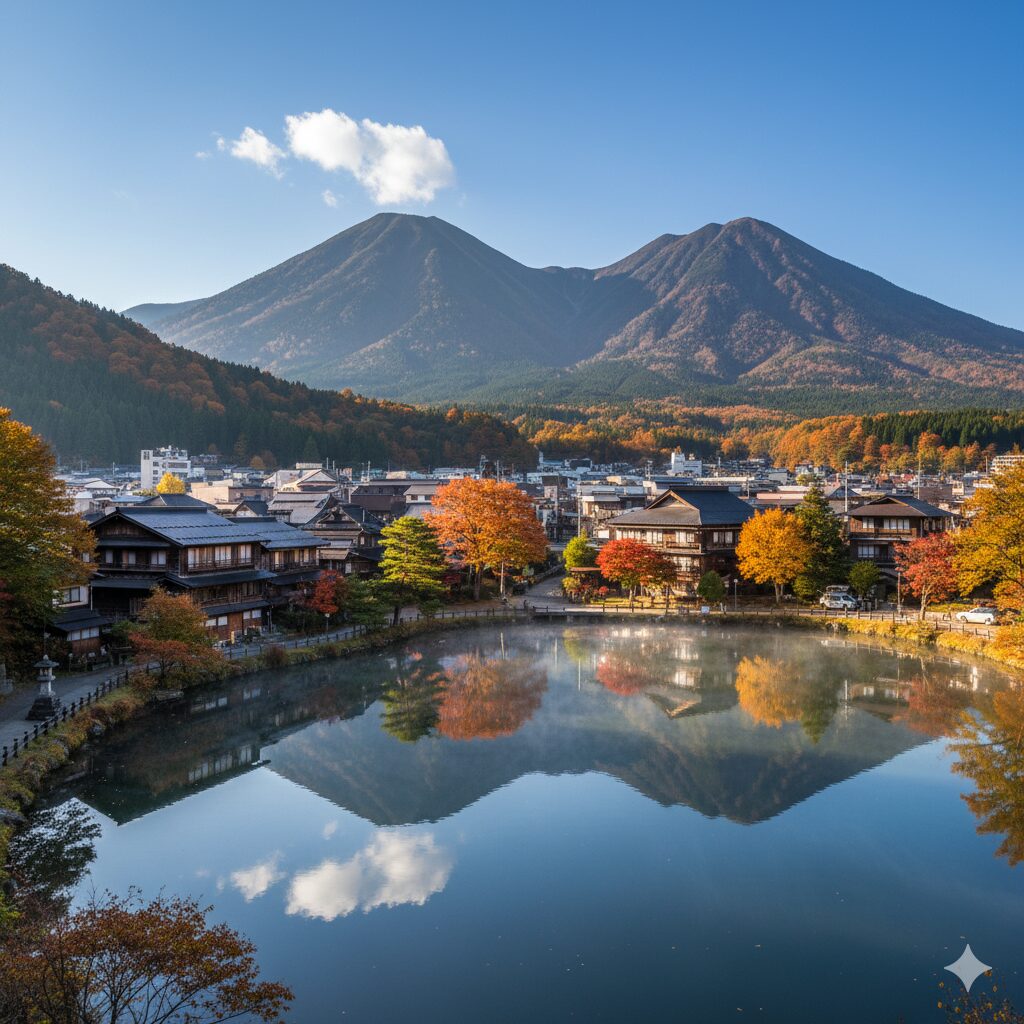
3-1 What you will see (typical highlights)
- Umi Jigoku (sea-blue pool)
- Chinoike Jigoku (red “blood” pond)
- Oniishi Bozu, Kamado, and other steaming pits and geysers
Site list, maps, and any combo ticket details: Jigoku official (Official website (Japanese)).
3-2 Time and distance planning
The two clusters are a few kilometers apart. Within each cluster, places are minutes apart on foot (5–15 minutes between most). With photos, snacks, and a short café break, most travelers spend ~3 hours. Bus intervals are typically frequent in daytime; check the operator’s Japanese timetable (Official website (Japanese)).
3-3 Tickets, hours, and etiquette
A combo ticket is commonly offered, plus single-entry options. Expect daytime opening hours with last entries late afternoon. Do not touch the water or cross fences, and follow staff instructions for steam vents. Official details and any changes: Jigoku management (Official website (Japanese)).
Table 2: Budget & Ticket Prices (Typical Ranges)
| Item | Typical Price (JPY) | Where to confirm (JP) |
|---|---|---|
| Jigoku combo ticket (adult) | ~¥2,000–2,500 (check exact) | Official Jigoku (Official website (Japanese)) |
| Public bath (municipal) | ¥200–600 | Beppu City “Shiei Onsen” (Official website (Japanese)) |
| Ryokan day-use bath (per person) | ¥500–1,500 | Tourism listings (Official website (Japanese)) |
* Prices change with season and policy. Always confirm the latest on each Official website (Japanese) before purchase.
4. What hot spring types, rules, and options should you know?
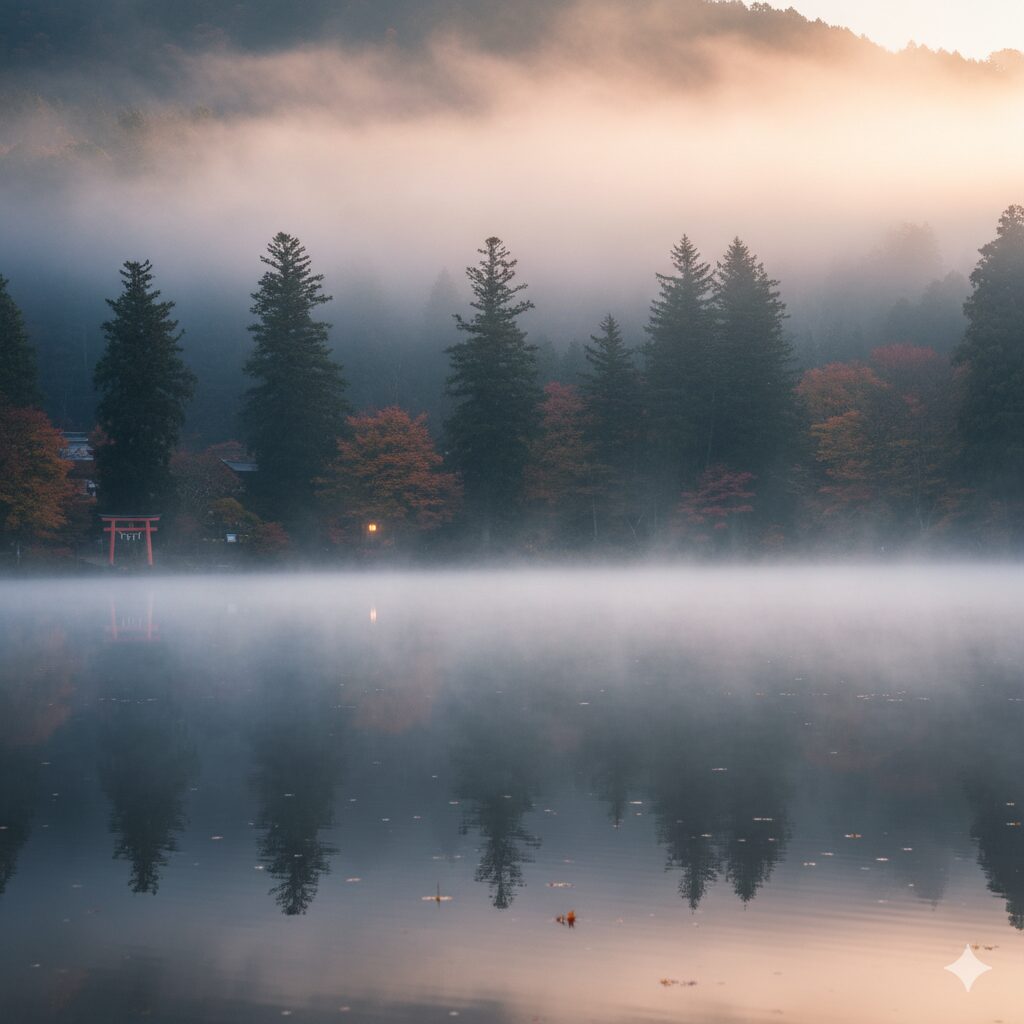
4-1 Onsen types you will meet
- Public baths (municipal “shiei onsen”)—cheap, simple, local vibe
- Ryokan day-use—nicer settings, sometimes outdoor tubs, limited hours
- Sand baths and mud baths—special experiences unique to Beppu
- Family/private baths (kashikiri)—reserve by 30–60 minutes slot
Facility lists and rules: tourism portal and city pages (Official website (Japanese), Official website (Japanese)).
4-2 Basic etiquette and health notes
- Rinse before soaking; keep hair and towel out of the water.
- Hydrate and limit time in very hot baths (~5–10 minutes per soak is typical).
- Tattoos: policies vary by facility—check the Japanese page or ask staff.
4-3 What to bring and how much to budget
Bring small towel, toiletries, and coins for lockers. Expect ¥200–600 for municipal baths, ¥500–1,500 for ryokan day-use, and higher for special sand/mud baths. Check each facility’s Japanese page via the tourism portal (Official website (Japanese)).
Table 3: Hot Spring Types & Quick Rules
| Type | Typical Price / Time | Rules & Link (JP) |
|---|---|---|
| Municipal bath | ¥200–600 / ~30–60 min | No swimsuits; basic rinse before soak (Official website (Japanese)) |
| Ryokan day-use | ¥500–1,500 / ~45–90 min | Towels often for rent; hours vary (Official website (Japanese)) |
| Family/private bath | ¥1,500–3,000 / room 30–60 min | Reserve time slot; groups/children OK (Official website (Japanese)) |
| Sand/mud bath | ¥1,000–2,000 / ~15–30 min in bath | Towels/swimwear policies vary—check facility (Official website (Japanese)) |
* “Typical” means planning guidance; individual facilities publish official rules and prices on their Japanese pages.
5. Model itinerary for one perfect Beppu day
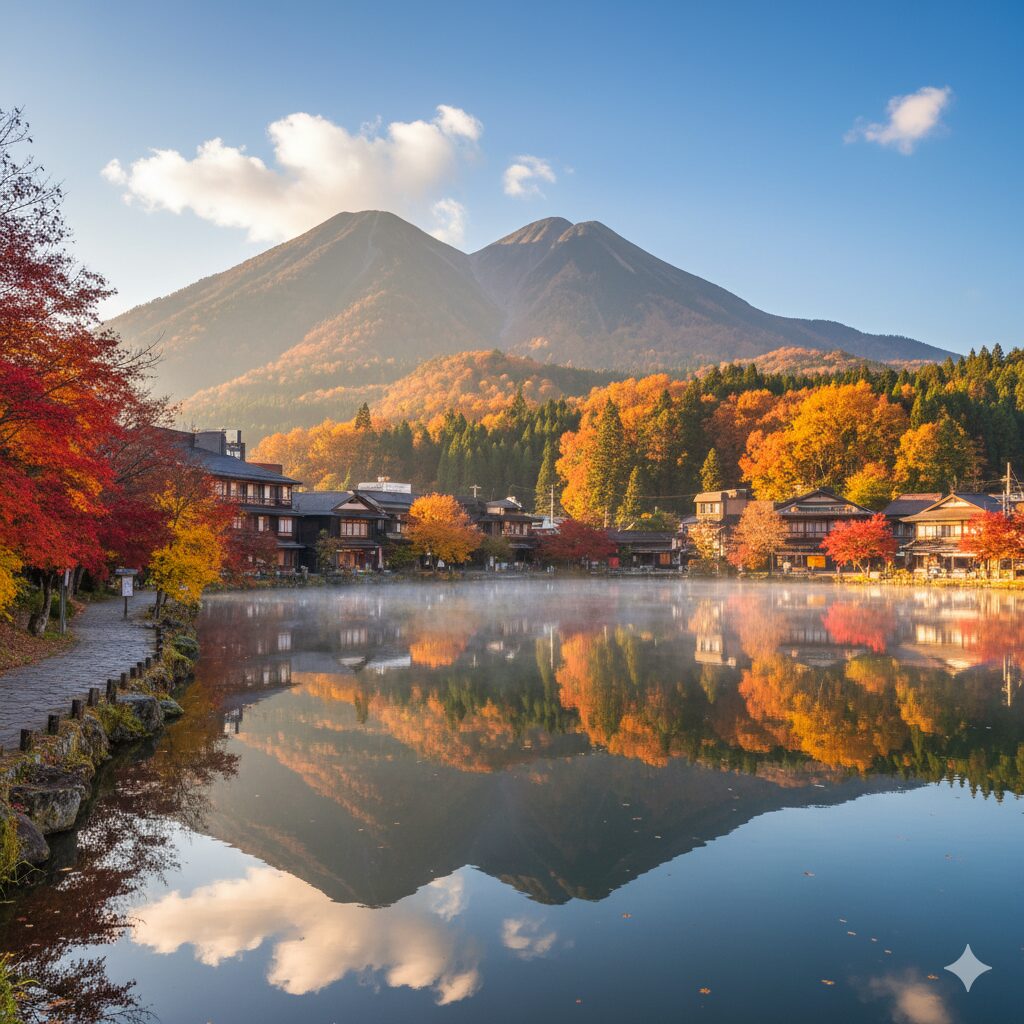
5-1 Morning: Arrive and move to the Jigoku area
Pick up local maps at the station, then bus to the first Jigoku cluster. If crowds are heavy, start with the farther cluster and work back toward town. Transport info: Kamenoi Bus and tourism portal (Official website (Japanese), Official website (Japanese)).
5-2 Midday: Jigoku circuit with café break
Walk each cluster on foot and allow time for photos. A simple snack or pudding break is easy near Umi Jigoku or Kamado Jigoku. Ticket info, site map, and opening hours: Jigoku official (Official website (Japanese)).
5-3 Late afternoon: A real soak and sunset view
After sightseeing, choose a bath convenient to your route—municipal for quick/cheap or ryokan day-use for a treat. If the sky is clear, consider Beppu Ropeway for sunset. Facility rules and ropeway status: tourism portal and Beppu Ropeway (Official website (Japanese), Official website (Japanese)).
Table 4: Model Itinerary (Beppu One-Day Plan)
| Time | Activity | Details (JP Official Links) |
|---|---|---|
| 09:00 | Arrive at Beppu Station | Train info & seats (Official website (Japanese)) / City & maps (Official website (Japanese)) |
| 09:30 | Bus to Jigoku (Kannawa) | Routes & fares (Official website (Japanese)) |
| 10:00–12:00 | Jigoku Cluster A walk | Tickets, hours, maps (Official website (Japanese)) |
| 12:00–13:00 | Lunch / café break | Nearby shops & cafés (Official website (Japanese)) |
| 13:00–14:30 | Jigoku Cluster B walk | Directions & updates (Official website (Japanese)) |
| 15:00–16:00 | Public bath or ryokan day-use soak | Facility rules & hours (Official website (Japanese), Official website (Japanese)) |
| 16:30–17:30 | Beppu Ropeway (weather-permitting) | Status & fares (Official website (Japanese)) |
* Times are examples. Check each Official website (Japanese) for operations, weather, and last entry.
6. Summary and next steps
6-1 Quick FAQ
Q1. Is the Jigoku tour suitable for a half-day?
A1. Yes—most travelers spend ~2.5–4 hours across both clusters with short stops. Check hours and tickets on the Jigoku official site (Official website (Japanese)).
Q2. Where can I find beppu hot spring options if I have tattoos or kids?
A2. Policies vary. Look for private family baths (kashikiri) and confirm on each facility’s Japanese page via the tourism portal (Official website (Japanese)).
Q3. Can I do Beppu as a day trip from Fukuoka?
A3. It’s possible but tight. JR takes 2–2.5 hours each way; consider an early train and focus on the Jigoku plus one bath (Official website (Japanese)).
6-2 Useful internal links for planning
6-3 Final note
Numbers in this guide are planning baselines. For exact fares, opening hours, combo tickets, and any service changes, always rely on the Japanese official links provided in each section.